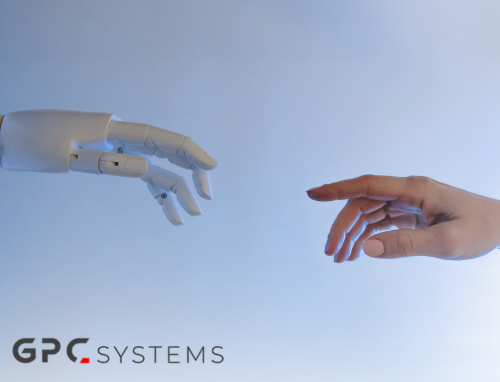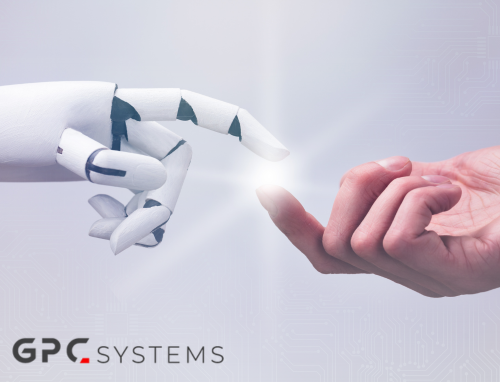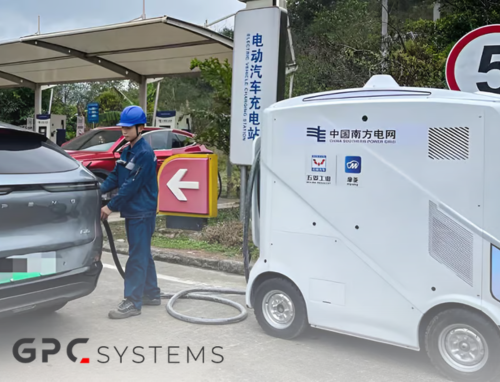
The Rise of AI: How Advanced Software Measurement Redefines Precision & Saves Us from Human Error
The story of measurement begins in the distant past, where early humans used rudimentary tools and their own bodies to gauge the world around them. Imagine an ancient builder, using a length of rope and their own stride to measure distances for constructing a simple shelter. As societies evolved, so did our methods. The Egyptians used cubits—based on the length of the Pharaoh’s arm—to construct the towering pyramids, marvels of ancient engineering that stood the test of time.
Fast forward to the industrial age, where the advent of the tape measure and theodolite brought a new level of precision. Workers in bustling factories and construction sites could now measure parts and spaces with far greater accuracy, transforming the efficiency and quality of their work. Yet, despite these advancements, human error remained a constant companion. Measurements could be inconsistent, and even the best tools required a skilled hand and a sharp eye.
The Limits of Human Measurement
Picture a bustling warehouse in the 20th century. Workers, armed with tape measures and clipboards, scurry about, estimating the dimensions of packages to calculate shipping costs. Each measurement is a delicate dance between speed and accuracy, with mistakes leading to costly shipping errors and wasted space. In hospitals, nurses carefully trace the edges of wounds with probes and tracing paper, trying to capture an accurate picture of a patient’s healing process. This method is not only intrusive but also prone to inaccuracies that can affect patient care.
Even on city streets, crews manually inspect potholes, jotting down notes and measurements. Smaller defects often go unnoticed, leading to larger problems and more expensive repairs down the line. These scenes, though emblematic of hard work and human ingenuity, highlight the inherent limitations of traditional measurement methods.
A New Dawn: The Advent of AI-Driven Measurement
Enter the 21st century, where the rise of artificial intelligence (AI) begins to redefine the landscape of measurement. The dawn of AI-driven 3D software measurement tools marks a revolutionary shift. These advanced systems, equipped with sophisticated algorithms and machine learning, can analyse and interpret data with a level of precision and speed that was previously unimaginable.
Imagine a modern logistics hub. AI-powered scanners now assess the dimensions of packages in mere seconds, ensuring that shipping calculations are accurate and that every bit of space is optimally utilised. The days of manual measurements and human error are fading into history, replaced by a seamless, automated process that enhances efficiency and reduces costs.
In hospitals, the transformation is even more profound. Non-invasive 3D imaging tools now capture detailed measurements of wounds, providing healthcare professionals with accurate data to monitor healing without causing discomfort to patients. This technology not only improves patient outcomes but also streamlines medical procedures, making healthcare more efficient and effective.
Transforming Infrastructure Maintenance
On our city streets, AI-driven measurement tools are proving invaluable. Advanced software can detect and measure potholes with pinpoint accuracy, allowing for timely repairs that prevent minor defects from becoming major issues. This proactive approach to maintenance saves councils significant time and money, ensuring safer and smoother roads for everyone.
The benefits of AI-driven measurement software extend across various industries, bringing enhanced accuracy and precision, time efficiency, and cost savings. These tools eliminate the guesswork and variability inherent in manual measurements, leading to consistently accurate results. Automated measurement processes drastically reduce the time required to collect and analyse data, freeing up valuable time for other critical activities. By reducing errors and improving efficiency, AI measurement tools help lower operational costs, making industries like logistics more profitable.
The Horizon of AI in Measurement
As we look to the future, the applications of AI in measurement will continue to expand. Future innovations may include even more sophisticated algorithms capable of analysing complex patterns and providing insights that are currently beyond our reach. The integration of AI with other emerging technologies, promise to create even more powerful tools for measurement and analysis.
Conclusion
The journey from ancient measurement methods to AI-driven precision is a testament to human ingenuity and the relentless pursuit of improvement. By redefining precision and eliminating human error, AI-driven measurement tools are transforming industries and improving our daily lives. As we embrace this technological revolution, we step into a future where accuracy, efficiency, and innovation are the new standards. AI is not just a tool but an indispensable ally in our quest for perfection, leading us to a world where the possibilities are truly limitless and the benefits boundless.




